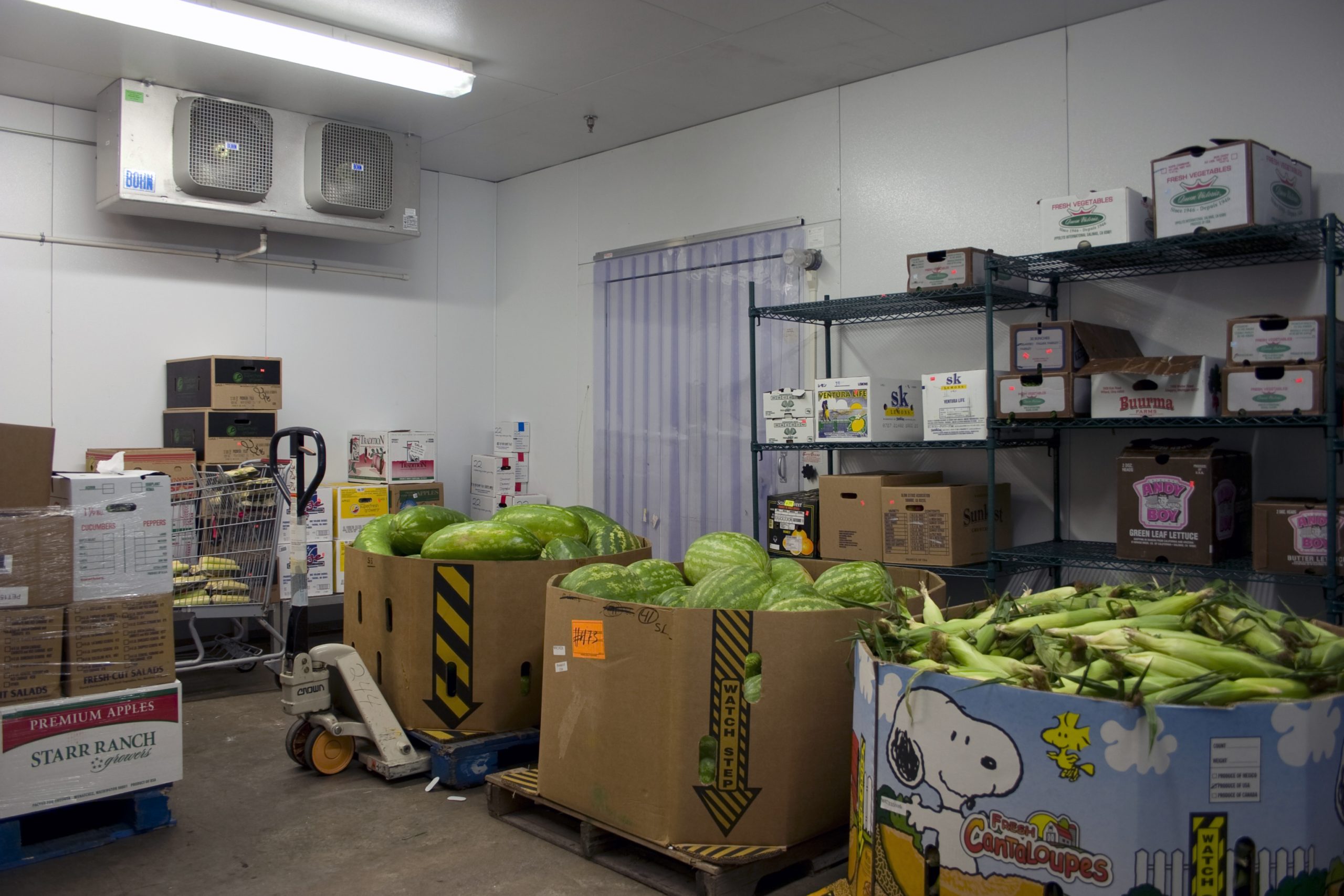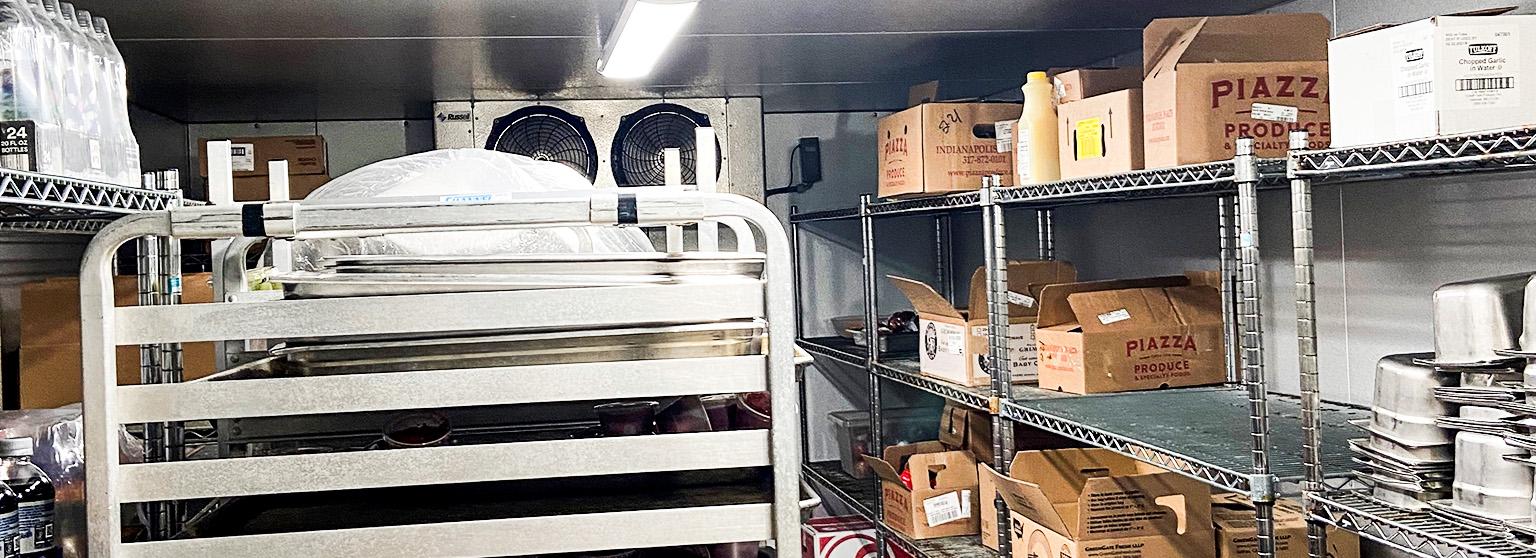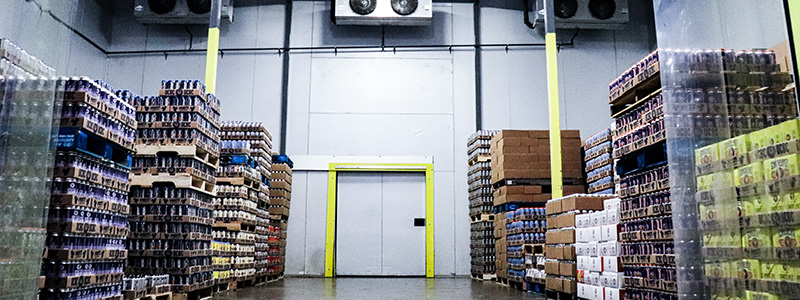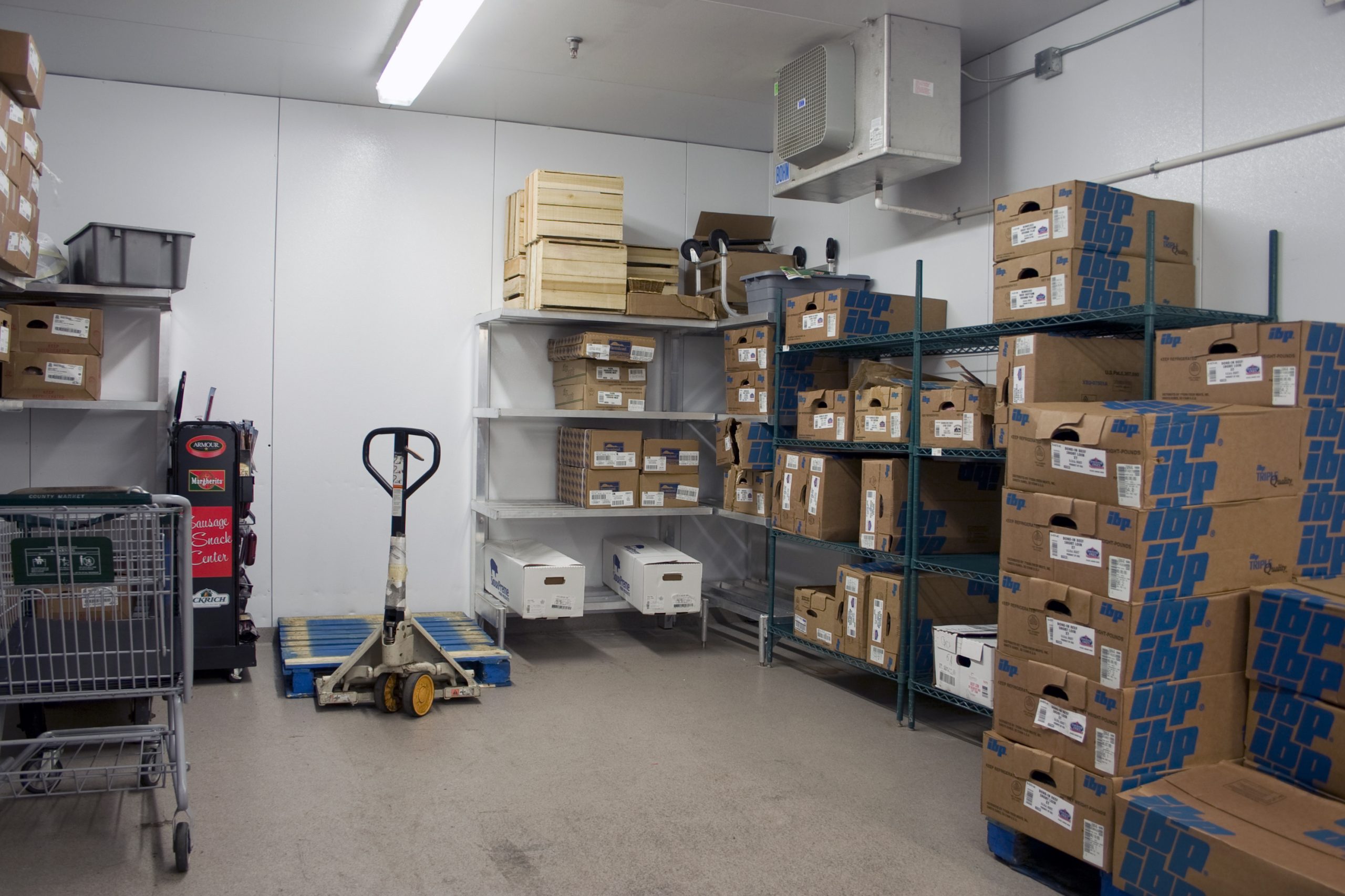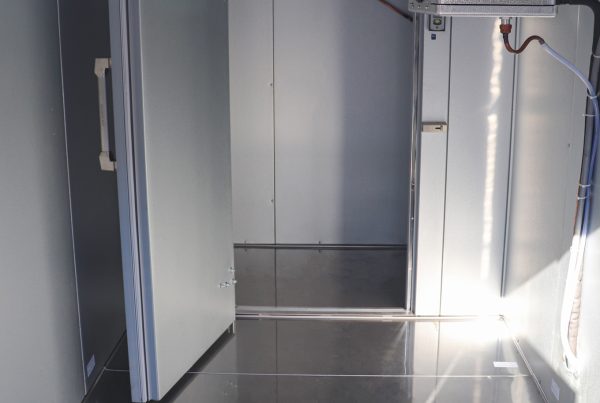Maximize performance, protect your product, and extend the life of your system.
Your U.S. Cooler walk-in is designed to deliver reliable, energy-efficient cold storage—but like any piece of equipment, it has limits. One of the most common mistakes operators make is overloading their walk-in with product. While it may seem like a harmless shortcut, improper loading can reduce performance, damage components, and put your stored inventory at risk.
Here’s why proper loading matters—and what can happen if you overload your unit.
Why Overloading Is a Problem
Walk-in coolers and freezers depend on consistent airflow and efficient heat exchange to maintain stable temperatures. When shelves are crammed, boxes are stacked too high, or items are placed too close to evaporator fans, several issues can occur:
❌ Blocked Airflow
Air needs to circulate freely throughout the interior. Blocking fan intakes or discharge areas can trap warm air in pockets, leading to uneven temperatures and hot spots.
❌ Overworked Equipment
When airflow is restricted, your refrigeration system works harder and longer to meet demand. This increases energy consumption, wear on components, and the likelihood of premature failure.
❌ Frozen or Spoiled Product
Without proper circulation, some areas may become too cold while others stay too warm. That can lead to product spoilage, frozen produce, or unsafe food storage conditions.
❌ Icing and Condensation
Overloading can also lead to excess humidity and moisture buildup, causing ice formation on coils, frost on walls, and water pooling on floors—all of which can be hazardous and reduce system performance.
Best Practices for Loading Your Walk-In
To get the most out of your U.S. Cooler walk-in, follow these simple loading guidelines:
✅ Leave Space Around the Evaporator
Keep at least 6–12 inches of clearance around all fan units. This allows air to circulate freely and keeps the cooling system operating efficiently.
✅ Use Shelving Strategically
Invest in sturdy, ventilated shelving to organize your product and allow airflow between items. Avoid placing boxes directly on the floor—use dunnage racks or pallets to keep them elevated.
✅ Don’t Stack to the Ceiling
Leave open space above stored items. This helps prevent temperature layering and ensures cold air reaches all areas evenly.
✅ Monitor Temperature Zones
Keep thermometers in various locations to check for uneven cooling. If you notice consistent temperature imbalances, it may be a sign of improper loading—or a need for maintenance.
✅ Train Staff on Best Practices
Ensure your team knows how to load the walk-in correctly. Even small changes in daily habits can improve system performance and reduce the risk of damage.
Protect Your Investment
Overloading your walk-in cooler or freezer may not cause immediate failure—but it increases long-term wear and puts your inventory at risk. By maintaining proper airflow, organized storage, and recommended clearances, you ensure the system can do its job efficiently.
Your U.S. Cooler unit is built to perform. Help it work at its best by loading smart and maintaining a clear path for airflow.
Questions about loading practices or system performance?
Our team is here to help. Contact U.S. Cooler today for expert support and product guidance.

